A very thin narrow beam of white light is made incident on three glass objects shown below. Study the nature and behaviour of the emefgent beam in all the three cases.
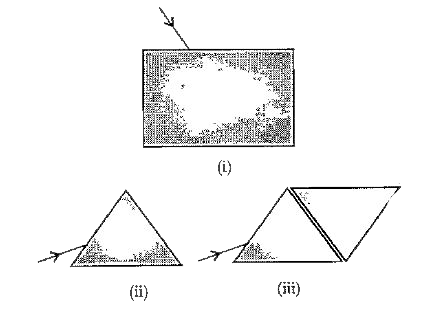
The light changes its path as its medium changes. Which of the following is an incorrect statement?
Speed of light is different in different media.
Light changes its path because light only travels in straight line.
Speed of light is dependent on medium through which it is passing.
The light chooses the path with minimum time, as it changes its medium
The correct Answer is:B
Speed of light is different in different media. As the medium changes, the light has to choose a path of minimum time. Hence, the direction of the light changes. This phenomenon is known as refraction of light
Similar Questions
A very thin narrow beam of white light is made incident on three glass objects shown below. Study the nature and behaviour of the emefgent beam in all the three cases.
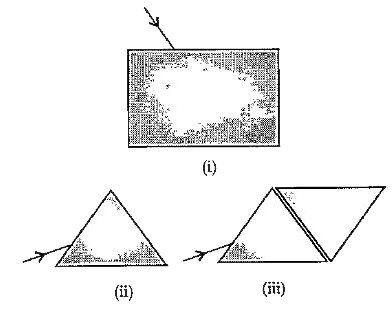
When light enters from air to glass, the angles of incidence and refraction in air and glass are 45∘ and 30∘, respectively. Find the refractive index of'.glass. ( Given that sin 45∘ = 1/√2 , sin 30∘ = 1/2)
View SolutionA narrow beam PQ of white light is passing through a glass prism ABC as shown in the diagram. Study the diagram and answer any four questions.
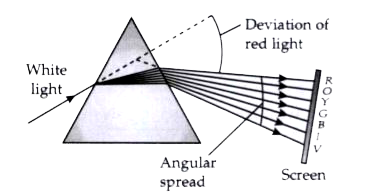
What is dispersion of light?
View Solution
Knowledge Check
A very thin narrow beam of white light is made incident on three glass objects shown below. Study the nature and behaviour of the emefgent beam in all the three cases.

Light travel fastest in:AAirBVacuumCGlassDdiamondA very thin narrow beam of white light is made incident on three glass objects shown below. Study the nature and behaviour of the emefgent beam in all the three cases.
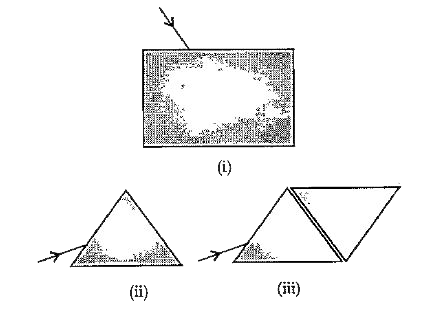
What is the unit of refractive index?APascalBJouleCNo unitDμ,mA very thin narrow beam of white light is made incident on three glass objects shown below. Study the nature and behaviour of the emefgent beam in all the three cases.
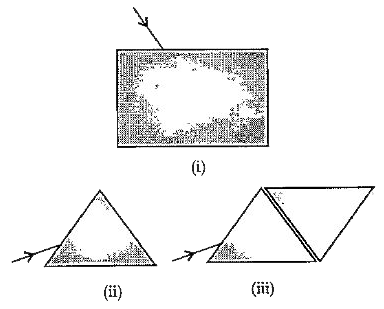
Following are the possibility of two emergent beams being similar. Choose the correct answer:A(i) and (ii)B(i) and (iii)C(ii) and (iii)DNo similar emergent beams
A narrow beam PQ of white light is passing through a glass prism ABC as shown in the diagram. Study the diagram and answer any four questions.
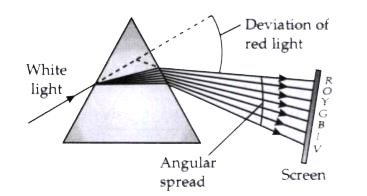
Name the phenomenon observed in above set-up.
View SolutionA prism ABC (with BC as base) is placed in different orientations. A narrow beam of white light is incident on the prism as shown in below Figure. In which of the following diagrams, after dispersion, the third colour from the top of the spectrum corresponds to the colour of the sky?

View SolutionA narrow beam PQ of white light is passing through a glass prism ABC as shown in the diagram. Study the diagram and answer any four questions.
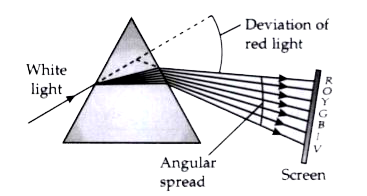
In nature, this phenomenon is observed in
View SolutionA narrow beam PQ of white light is passing through a glass prism ABC as shown in the diagram. Study the diagram and answer any four questions.
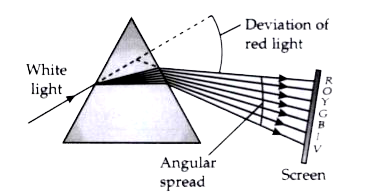
Which of the following statements is correct regarding the propagation of light of different colours of white light in air?
View SolutionA narrow beam PQ of white light is passing through a glass prism ABC as shown in the diagram. Study the diagram and answer any four questions.
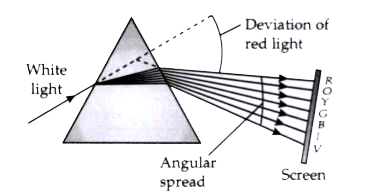
Which of the following statement is correct about constituents of white light based on above bservations?
View Solution
